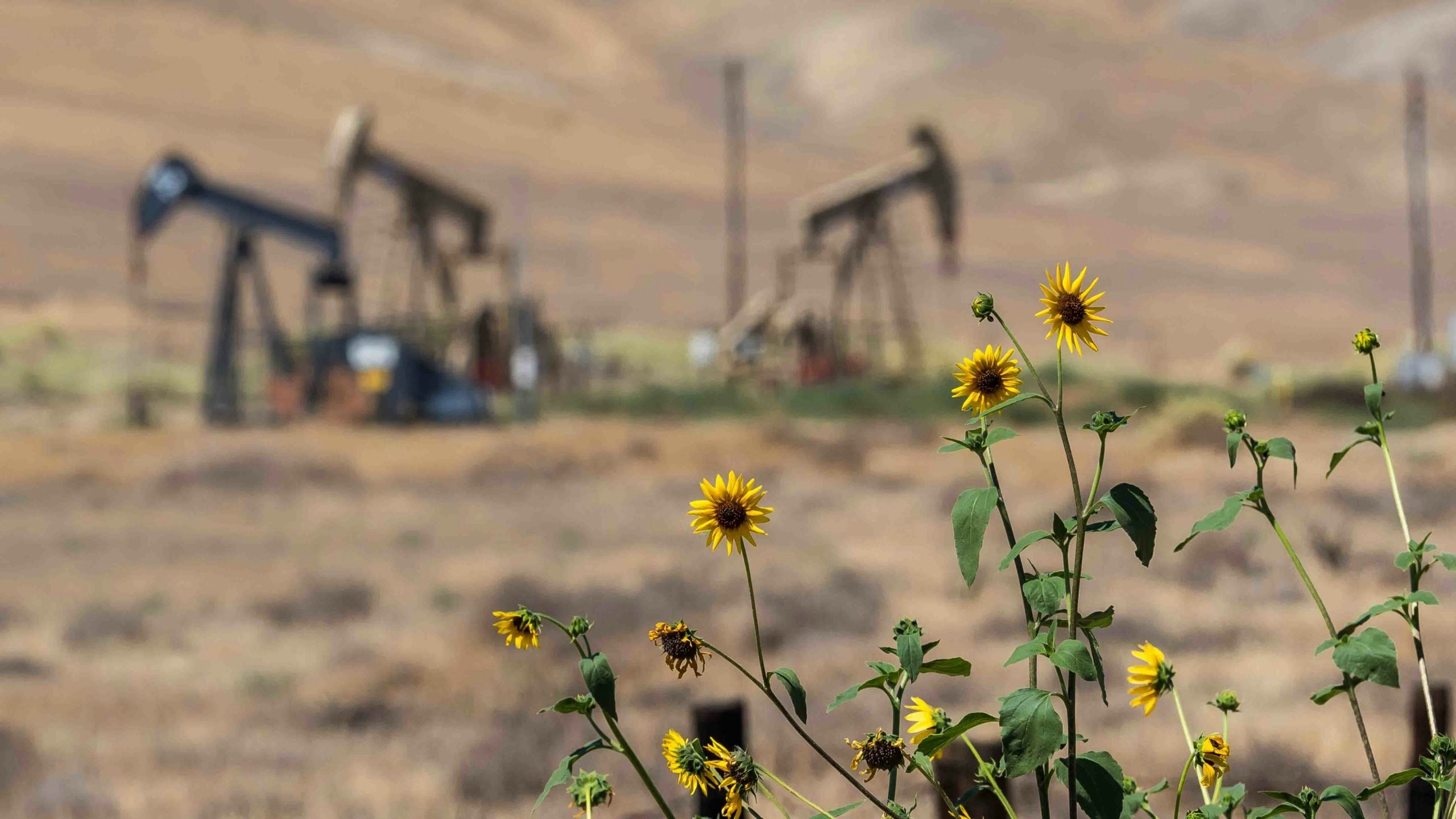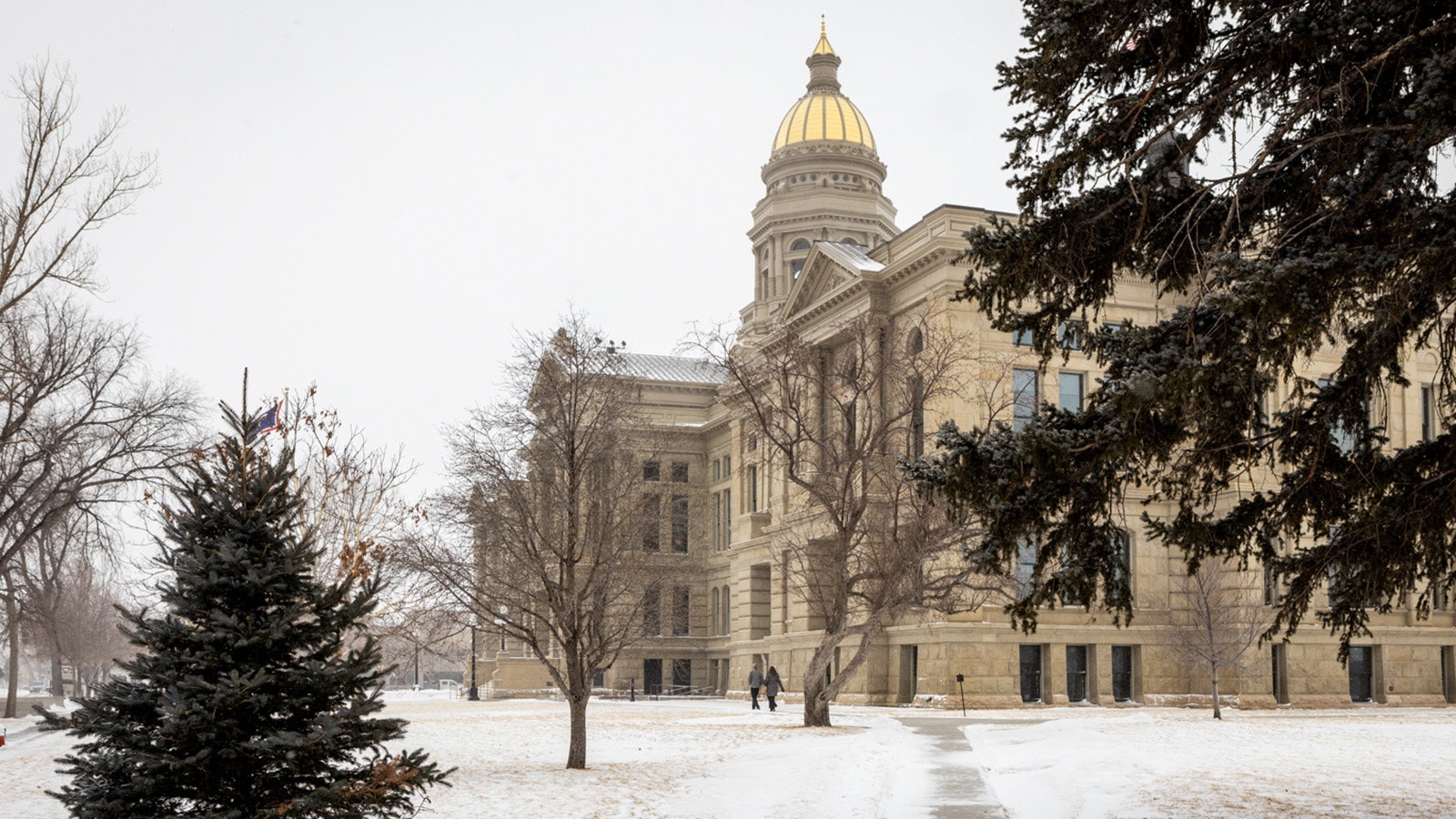Dear editor:
At a gathering in Laramie this week, people will discuss the future management of state-owned lands.
It’s a worthy conversation, but one more limited by our Constitution and by state law than what seems apparent by the Ruckelshaus Institute’s emerging issues forum on state lands.
Wyoming’s very culture is tied to the open spaces that are the reason so many of us choose to call this home.
Access to these sometimes stark, but always beautiful landscapes is engrained in ways our friends in states with homogenous land patterns dominated by private ownership do not understand.
In Wyoming, we find ourselves in a never-ending struggle with a federal absentee landlord that changes its mind every four years on how to manage its acreage.
The federal multiple use mandate is a challenge we all face together – but it is not a challenge that extends to the 3.9 million acres of land owned by the State of Wyoming.
Instead, as Superintendent Degenfelder rightly states, state-owned lands are not public lands. Sure, like federal lands they are “owned” by the public, but their management prescription is not multiple use.
Wyoming’s governing documents explicitly require that state trust lands be managed to generate income for public schools. For decades, the responsible development of oil and natural gas on these lands has been the primary source of revenue.
Last year, Wyoming’s oil and natural gas producers generated 88% of all revenues collected by the Office of State Lands and Investments (OSLI). This year, a one-time $100 million sale of a single parcel in Teton County brought non-oil and gas activity revenue to a closer second, but still second, to oil and gas activity.
Discussions on other potential uses of state trust lands like recreation, renewable energy, affordable housing and others have their place, particularly in areas where resource development is not possible, or where the uses can coexist.
However, while focusing on marginally additive revenue sources is fun and interesting, it distracts from important work OSLI must do to encourage even greater revenues from oil and gas than we already generate.
Modernizing the rules and regulations that govern oil and gas development should be front-and-center of OSLI’s emerging plans.
Government often lags behind technological advancements. OSLI is no different.
The office manages oil and gas development with rules written for a time when production was primarily vertical - wells drilled straight down.
Today, most new development comes from wells that turn horizontal, sometimes for as long as 3 miles, changing the very nature of production and the regulations necessary to manage orderly development.
Sadly, oil and gas operators report that navigating regulations and timetables at OSLI and the State Board of Land Commissioners can sometimes be as difficult as at the federal Bureau of Land Management.
To meet its obligation to Wyoming’s school children, OSLI must be laser focused on improving the process to develop oil and gas on state lands. At PAW, we look forward to working with OSLI on this critically important task.
Sincerely,
Pete Obermueller
President, Petroleum Association of Wyoming





